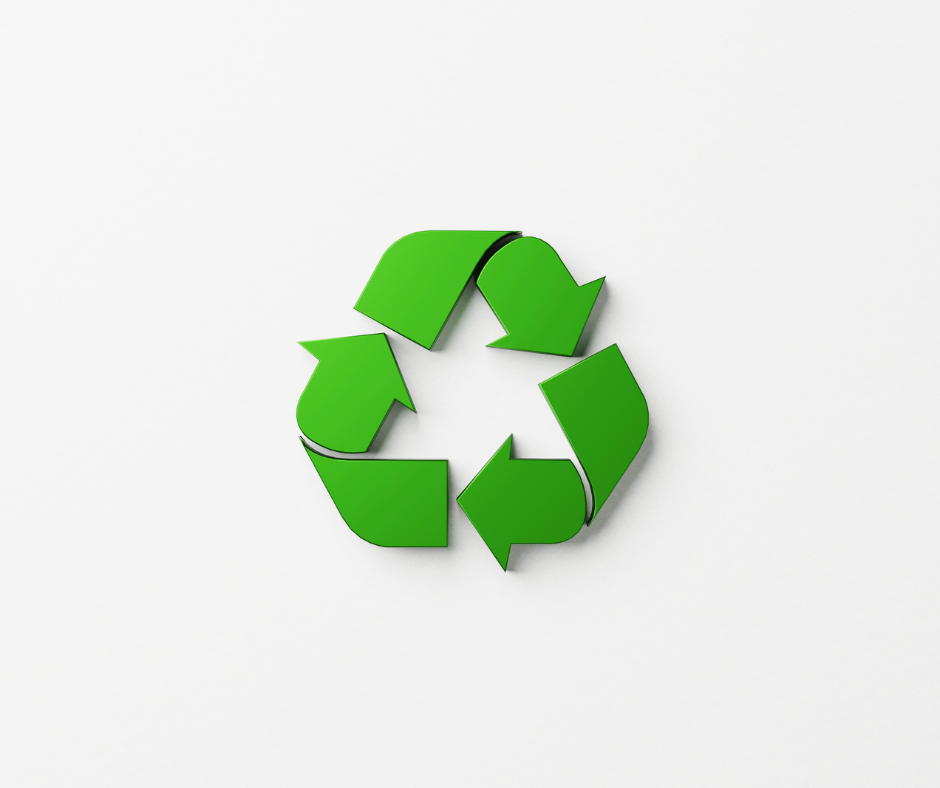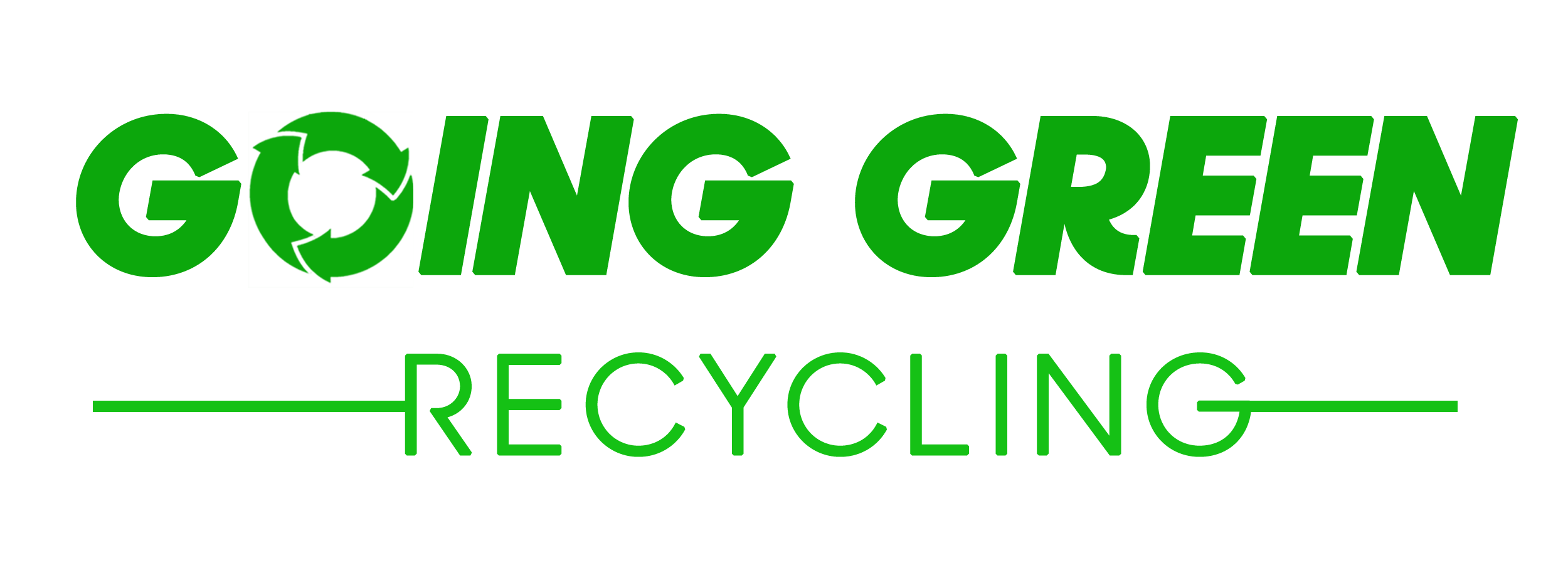Decoding recycling symbols is essential for responsible waste disposal and recycling. Recycling symbols, often found on the packaging of products, provide information about the materials used in the item and how it should be properly disposed of or recycled. These symbols are typically accompanied by a number and sometimes letters to indicate the type of plastic or material used. Here's a guide to help you understand common recycling symbols and what goes where:
Recycling Symbol - Mobius Loop: This is the universal recycling symbol, which looks like three arrows chasing each other in a triangle. It indicates that the product is recyclable, but it doesn't provide information on the specific material. You'll need to look for additional markings to determine how to recycle it.

Numbered Recycling Symbols (Resin Identification Codes): These numbers, usually inside the recycling symbol, indicate the type of plastic used in the product. Here are some common resin identification codes:
#1 - PET (Polyethylene Terephthalate): Found in bottles for soft drinks, water, and some food containers. Recyclable in most curbside programs.
#2 - HDPE (High-Density Polyethylene): Used in milk jugs, detergent bottles, and some plastic bags. Widely recyclable.
#3 - PVC (Polyvinyl Chloride): Often used in pipes, vinyl flooring, and some packaging. Recycling options may be limited, so check with your local recycling center.
#4 - LDPE (Low-Density Polyethylene): Commonly used for plastic bags, plastic wrap, and some containers. Some recycling programs accept it.
#5 - PP (Polypropylene): Found in yogurt containers, bottle caps, and some food containers. Recyclable in many programs.
#6 - PS (Polystyrene): Used in foam cups, takeout containers, and packaging materials. Recycling options may be limited; check with your local recycling center.
#7 - Other: This category includes various plastics not covered by the previous six categories. Recycling options can vary widely; it's best to check with local facilities.
Recyclable Material Symbols: Sometimes, specific recycling symbols are used for materials other than plastics:
Aluminum: Indicates that the item is made of aluminum and can be recycled.
Glass: Commonly used for glass containers, it signifies that the item is made of glass and can be recycled.
Paper: Often seen on cardboard boxes and paper products, it means the item is made of paper and can be recycled.
Compostable Symbols: These symbols indicate that the item is compostable. It's important to follow local composting guidelines, as not all compostable items are accepted everywhere.
Do Not Recycle Symbols: Some items may have a crossed-out recycling symbol, which means they are not recyclable and should be disposed of in the trash.
E-Waste Symbols: Electronics and electrical items may have a specific symbol indicating that they should be recycled through electronic waste recycling programs. These often look like a trash bin with an "e" on it.
Special Handling Symbols: Some products may have symbols indicating special handling requirements, such as hazardous waste symbols. These items should be disposed of according to local regulations.
Remember that recycling guidelines can vary by location, so it's crucial to check with your local recycling program or facility for specific instructions on what can and cannot be recycled in your area. Properly understanding recycling symbols and following local guidelines helps reduce waste and promote environmentally responsible practices.

0 comments